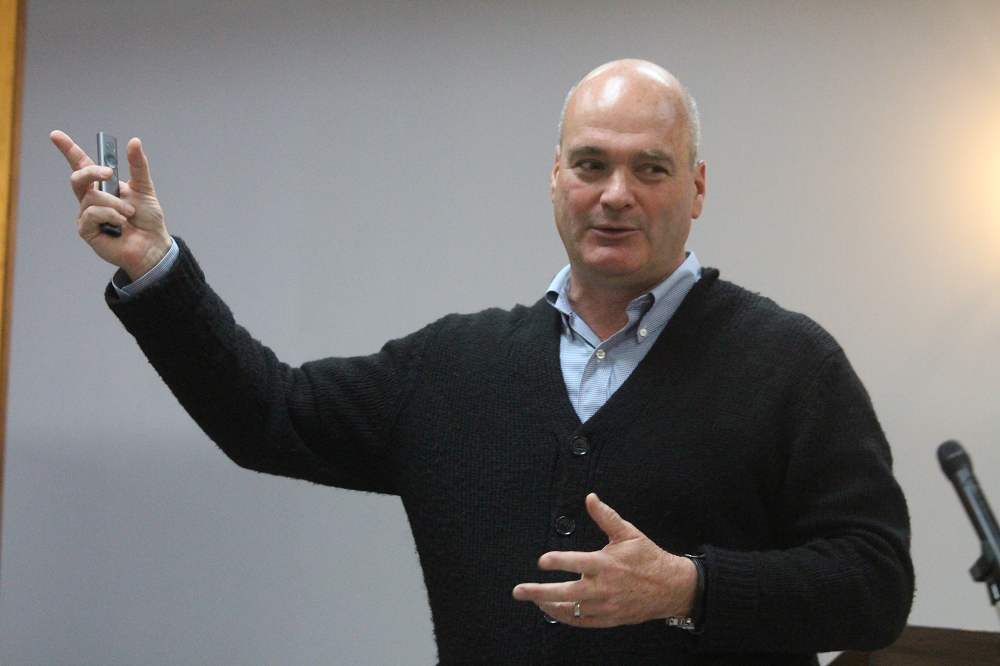Stakeholders envisioned how to make Haliburton a place where anyone can “celebrate the essence of Canada’s outdoor and creative spirit.”
That was the guiding vision pitched Oct. 19 by consultant MMGY NextFactor as part of a Destination Development Plan it is making for the County. More than 25 people attended an online visioning workshop to provide more feedback before it is brought to County council next month.
The draft plan was made with public input collected by surveys and town halls dating back to May 2019. NextFactor senior vice president, Greg Oates, said the plan will help the County grow while addressing challenges identified by stakeholders, such as youth and worker retention.
“In Haliburton Highlands, you’re completely, it seems, based on the data, leaving money on the table. Because there’s demand for businesses but not the people to support those businesses,” Oates said. “It’s a more long-term, overarching, sophisticated thinking that realizes that certain challenges need to be addressed in alignment with the marketing and driving growth.”
The draft plan is still subject to change but featured four strategic goals: optimizing the year-round visitor economy, diversifying destination development, enhancing the destination brand and strengthening community collaboration. To achieve those, NextFactor suggested many different strategies based on feedback, such as more gatherings amongst the tourism sector, expanding events and business hours and exploring options for more revenue such as a bed tax.
Attendees offered a range of feedback, such as how to improve marketing. Oates quoted one anonymous stakeholder as saying, “half of the people we speak to in Toronto don’t know about Haliburton Highlands.”
“We work at the tourism trade shows every year and concur with this statement,” Barbara Kraus said. “The 50 per cent that have heard of us generally have a family/ friend’s cottage, so the exposure, for the most part, does not come through our marketing.”
A point of contention was the promotion of Algonquin Provincial Park, 12 per cent of which is in Haliburton. Oates said that brings cache to the destination, but stakeholders pushed back and said there should be more promotion of other outdoor experiences.
“Algonquin Park is overused. Brand may be useful but we have great (maybe better) Algonquin landscapes and experiences,” Barrie Martin said.
NextFactor identified other challenges to tourism in the area, such as the need for more programming, transportation and long-term planning. Although outdoor recreation is the primary tourism driver, Oates said other initiatives such as arts, culture and food are also needed to increase visitor spending.
Ontario Highlands Tourism Organization executive director Nicole Whiting said it was important for Haliburton County to trust in the process, even in the pandemic.
“With everything happening right now, I find it super exciting we have an opportunity to focus on a discussion that is focused on possibilities. We’re living through a very stressful and difficult time but eventually, it will be behind us,” she said. “I have 100 per cent confidence this process is going to position Haliburton Highlands for a solid recovery.”





